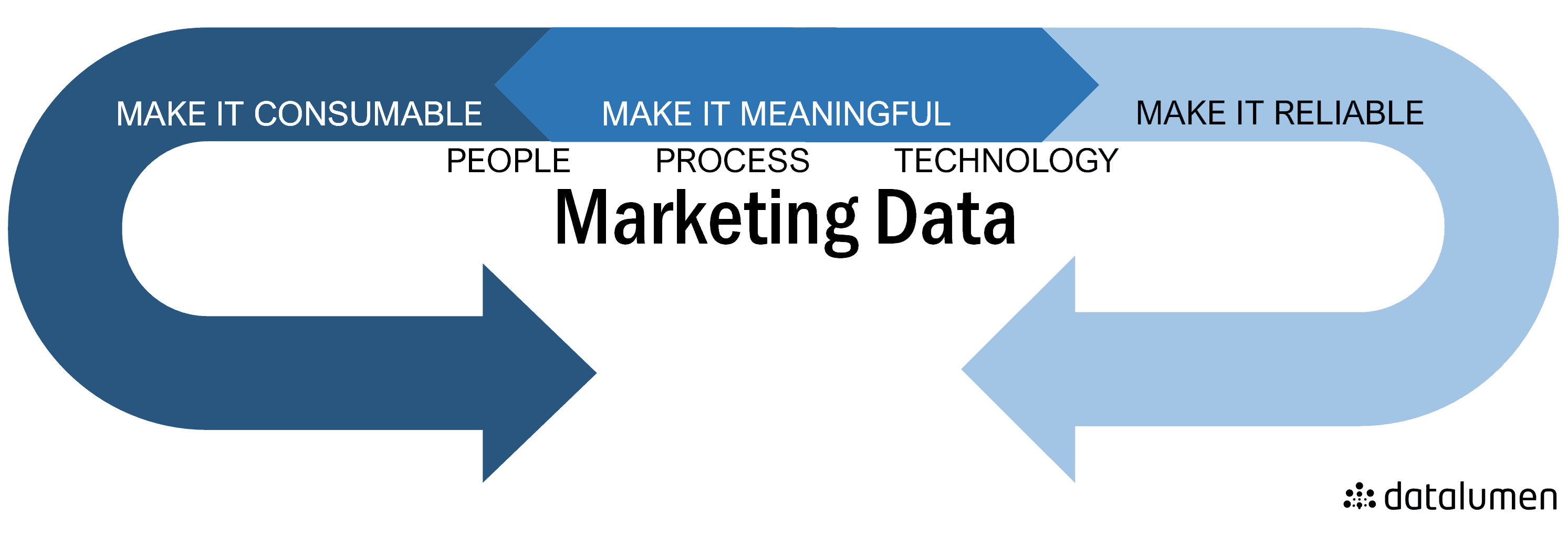DEFENSIVE DATA MASTERY: THE LINES OF DEFENSE TO SHIELD YOUR DATA
Last week it was made public that the personal information of 33 million French citizens could be exposed after two French health insurance operators suffered a data breach early February. Unfortunately, this isn’t an isolated incident. Other recent breaches occurred at i.e. EuroParcs, Air France KLM, JD Sports, T-Mobile, Sony, Cloudflare, …
Cybersecurity goes beyond network, application and endpoint security. Especially in today’s digital age, where data is the lifeblood of organizations, safeguarding sensitive information has become paramount. As organizations amass vast amounts of data, protecting it from unauthorized access, breaches, and misuse has become a complex challenge. In this context, implementing robust lines of defense through techniques such as data masking, data encryption, data security gateway and data governance policy management is crucial to fortify an organization’s data management strategy.
Data Masking: Concealing the Vulnerabilities
| |
What is Data Masking? Data masking involves the transformation of sensitive information within a database, making it unintelligible to unauthorized users. The primary objective is to protect sensitive data while maintaining its usability for testing and analytics and overall usage in your processes.
| The Defense Mechanism: Data masking acts as the first line of defense by obscuring sensitive data such as personal identifiers, financial details, or confidential business information. This ensures that even if unauthorized access occurs, the exposed information is rendered useless and non-identifiable. This mechanism can also be useful in the context of specific compliancy driven initiatives such as i.e. GDPR.
|
Data Encryption: Securing the Data Source
| |
What is Data Encryption? Data encryption is the process of converting plain text into ciphertext, making it unreadable without the appropriate decryption key. It is a fundamental technique in securing data during transmission and storage.
| The Defense Mechanism: By implementing data encryption, organizations create a robust barrier against unauthorized access to sensitive information. It safeguards data in transit, preventing interception and tampering, and protects stored data from being deciphered by unauthorized entities. This mechanism can also be useful in case your infrastructure is outsources to a third party. Depending on the setup, even internal or external IT personal doesn’t have access to encrypted data.
|
Data Security Gateway: Active Control for Holistic Protection
| |
What is a Data Security Gateway based on Data Virtualization? A Data Security Gateway based on Data Virtualization acts as a centralized control point for securing data access, ensuring that only authorized users can retrieve and interact with sensitive information based on their role or profile.
| The Defense Mechanism:
By implementing a Data Security Gateway, organizations gain real-time visibility into data access and usage. This proactive approach allows for immediate detection and response to potential threats, providing an additional layer of defense alongside masking, encryption, and governance.
The security layer of the data virtualization platform not only offers extra authentication functionality but also offers row, column and even cell-level security. With this approach you can enforce a security layer that is more strict than the underlying data sources. |
Data Access Governance: Establishing Regulatory Compliance
| |
What is Data Access Governance? Data governance policy management involves defining and enforcing policies that dictate how data is collected, stored, processed, and shared within an organization. It provides a structured framework for managing data assets and allows you to easily create data access policies with a few clicks and preview them before they’re implemented.
| The Defense Mechanism: Data governance policy management acts as the overarching defense strategy, ensuring that data is handled in accordance with regulatory requirements and internal standards. By establishing clear guidelines and enforcing policies, organizations mitigate risks associated with data breaches and non-compliance. Depending on the technology this can be enabled with a no-code approach to configure and execute a policy in a matter of minutes accross .
|
Conclusion: Integrating Defense Mechanisms for Holistic Protection
While each technique offers a specific layer of defense, their true strength lies in their integration. Data masking, encryption, data security gateways and governance policy management work synergistically to create a comprehensive and resilient data protection strategy.
By combining these techniques, organizations not only mitigate the risk of data breaches but also ensure compliance with industry regulations and standards. This is crucial in maintaining the trust of customers and stakeholders and avoiding legal repercussions.
By adopting the combination of these techniques, businesses can fortify their data management practices, instill confidence in stakeholders, and navigate the digital data landscape with resilience and security.





